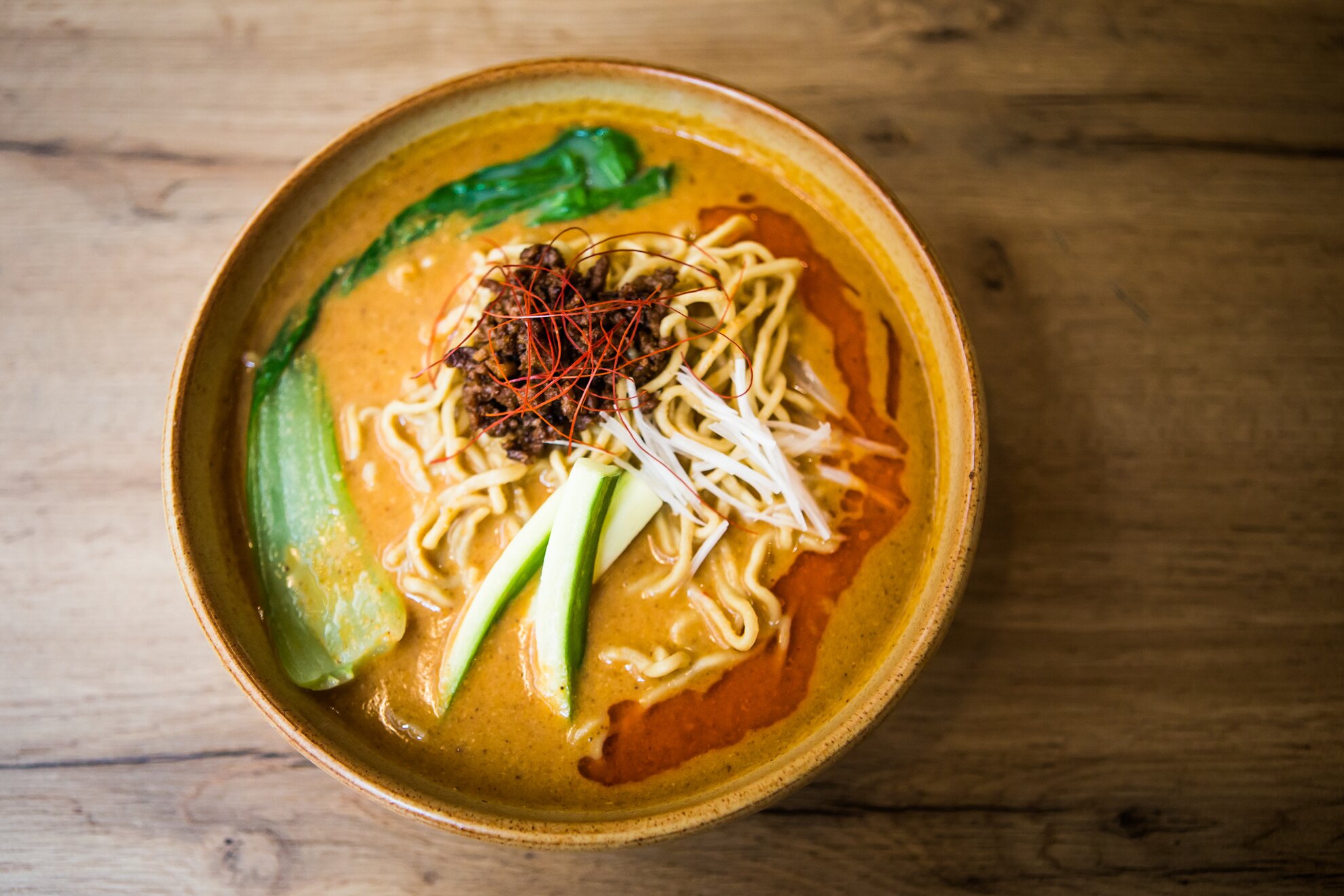Takashi Nagatake was born and raised in Japan, but has spent most of his adult life in Australia and Canada. He left his homeland at 16, making his way into the world of tourism. This was what brought him to Budapest as well, and he instantly fell in love with the Hungarian capital. He moved here last year, with the goal of opening his own Japanese restaurant – hence WAFU, unveiled on Kazinczy utca.
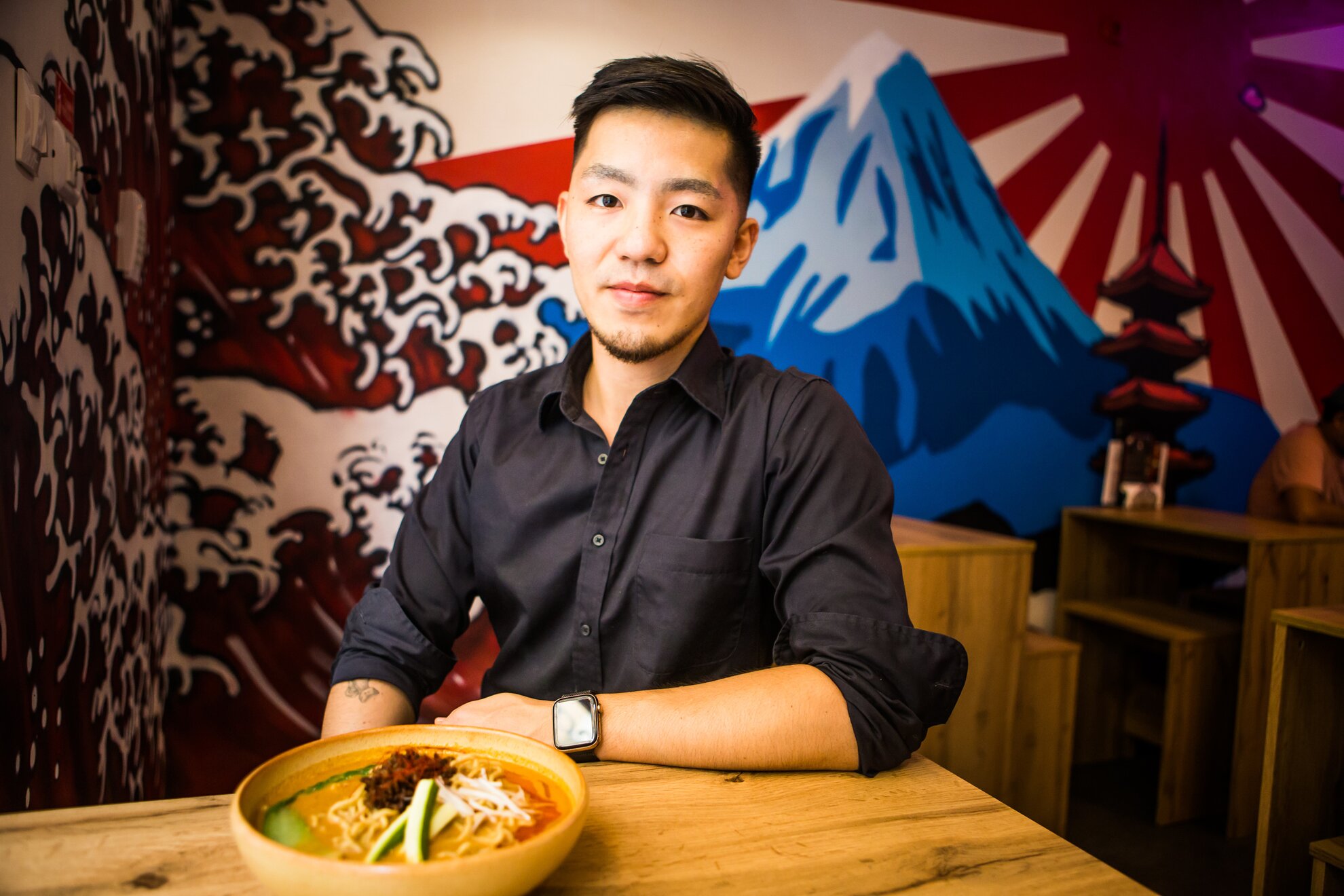
Instead of adding one more to the mostly sushi-based Japanese food places, he conceived of a combined street food and bar, letting local gastronomes know that there’s more to Japanese cuisine than tonkatsu and sushi.
WAFU can seat around 25 people at any one time, its small space providing a relaxed and cosy atmosphere, and the simple yet excellent dishes are paired with an intriguing selection of drinks. The traditional alcohol in Japan is sake, made with fermented rice, but quality domestic whiskey has long been produced. At the restaurant, there are six kinds of sakes, three types of Japanese whiskeys, along with rum and gin from the Land of the Rising Sun. And while cocktails are a fundamentally Western genre, the Japanese have also created their own kinds, which you can investigate here as well.
The menu is not long, but it has everything you’d expect from a decent Japanese restaurant. There’s no sushi at all yet, but that’s because raw fish has to be consumed within a few hours once sourced, but the lack of regular footfall would make this quite hard to plan out. The appetisers are actually perfect bar-foods as well, for those coming primarily to explore the world of Japanese spirits. Edamame (680 HUF) is a must-try snack, here topped off with sizeable flakes of salt, and you’ll want to munch them all day.
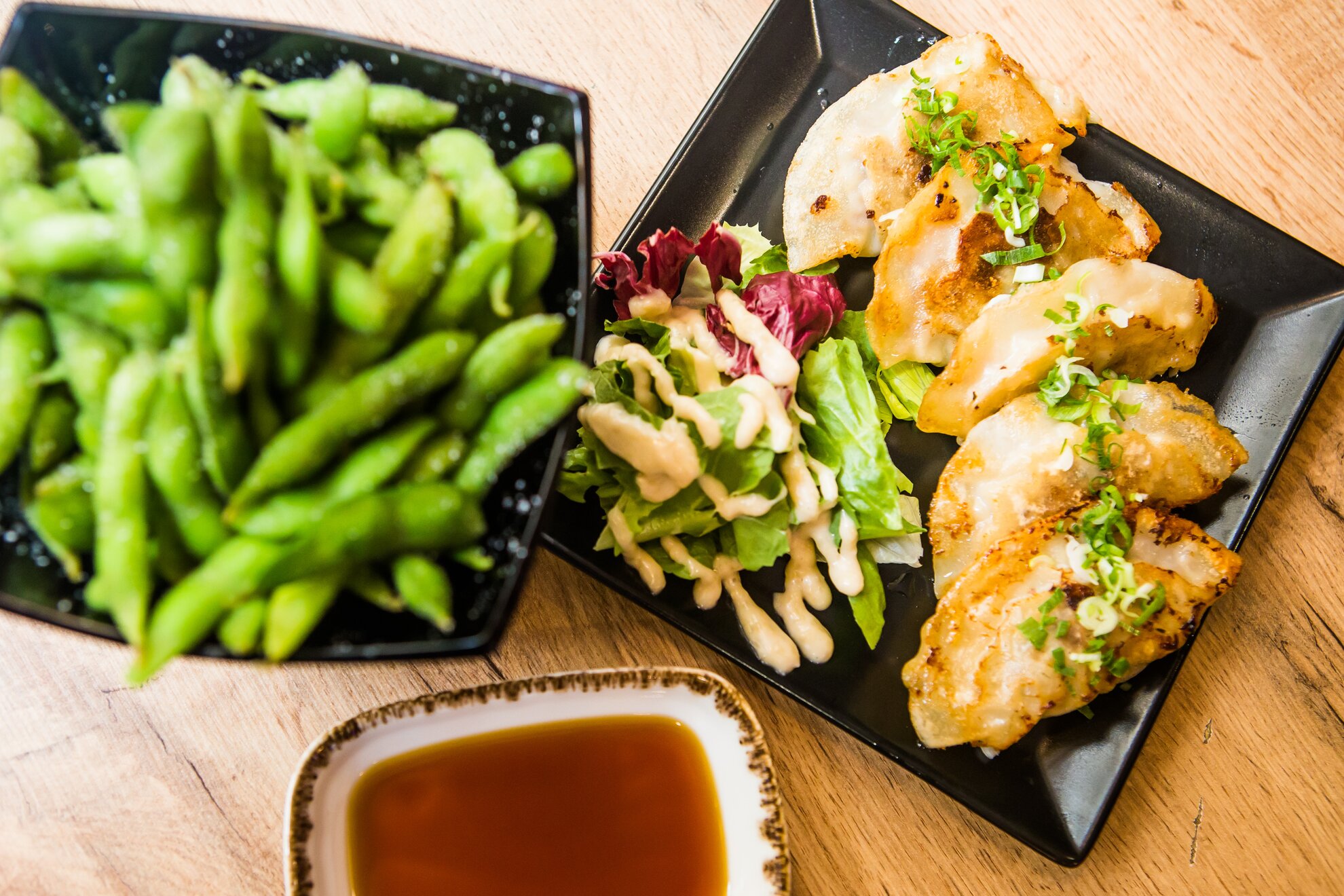
The gyoza dumplings (1,280 HUF), which come in sets of five, are prepared on the spot all the way from the well-seasoned, meaty filling to the soft and elastic dough. There’s sauce and salad to go with them, all fresh and well-prepared.
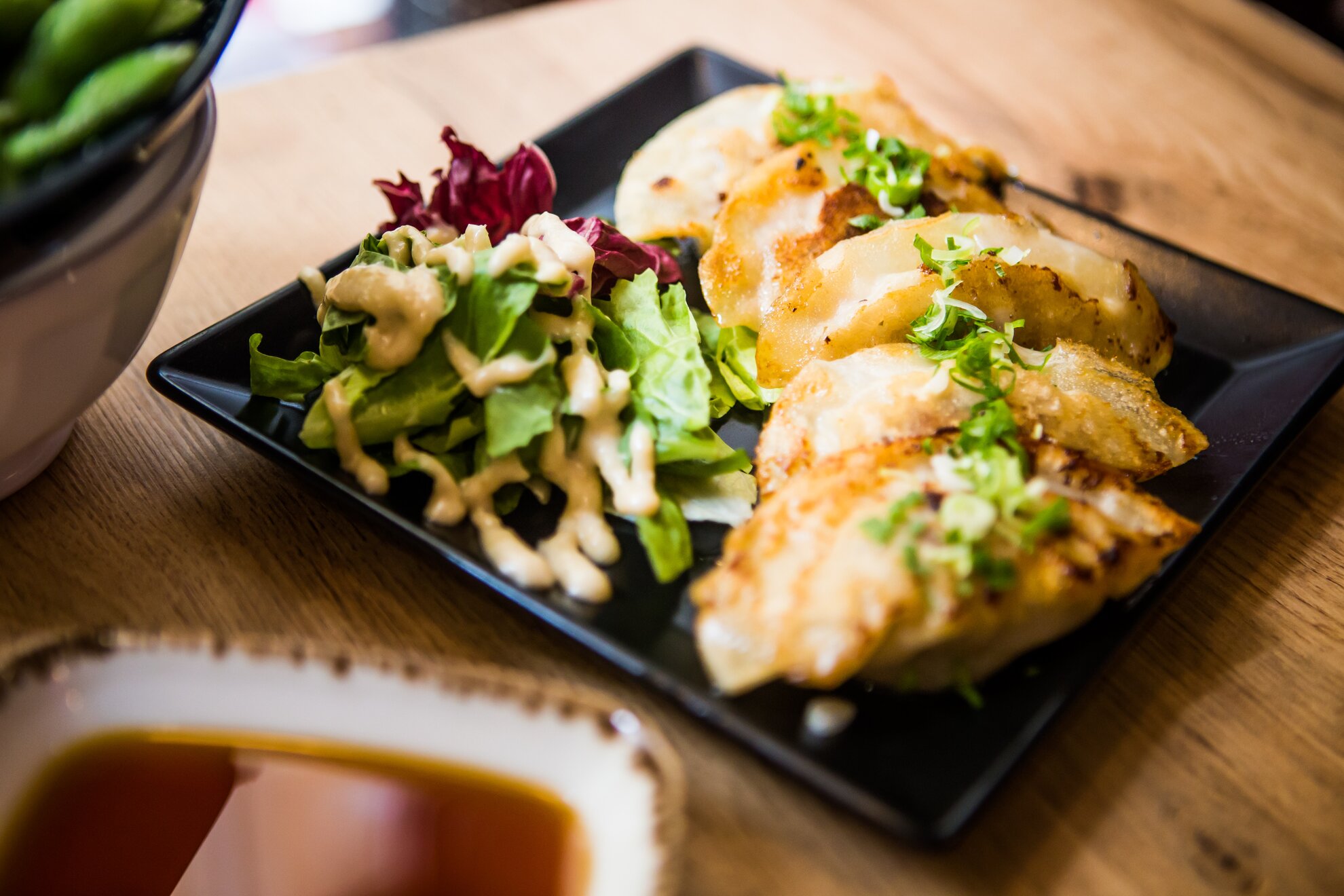
The obsession with deep-fried dishes in Japan is well-known – in WAFU, tonkatsu can be found in summer, while the permanent options are karaage (1,280 HUF/4 pieces) and teriyaki chicken (1,920 HUF). Karaage is basically Japanese chicken nuggets, although it has nothing to do with the American version, because the meat inside it is not puréed, but made with whole chicken breast fillets. These are marinated in various kinds of spices, with an amazingly soft and crumbly result, no traces of dryness but a light, soft crunch on the outside.
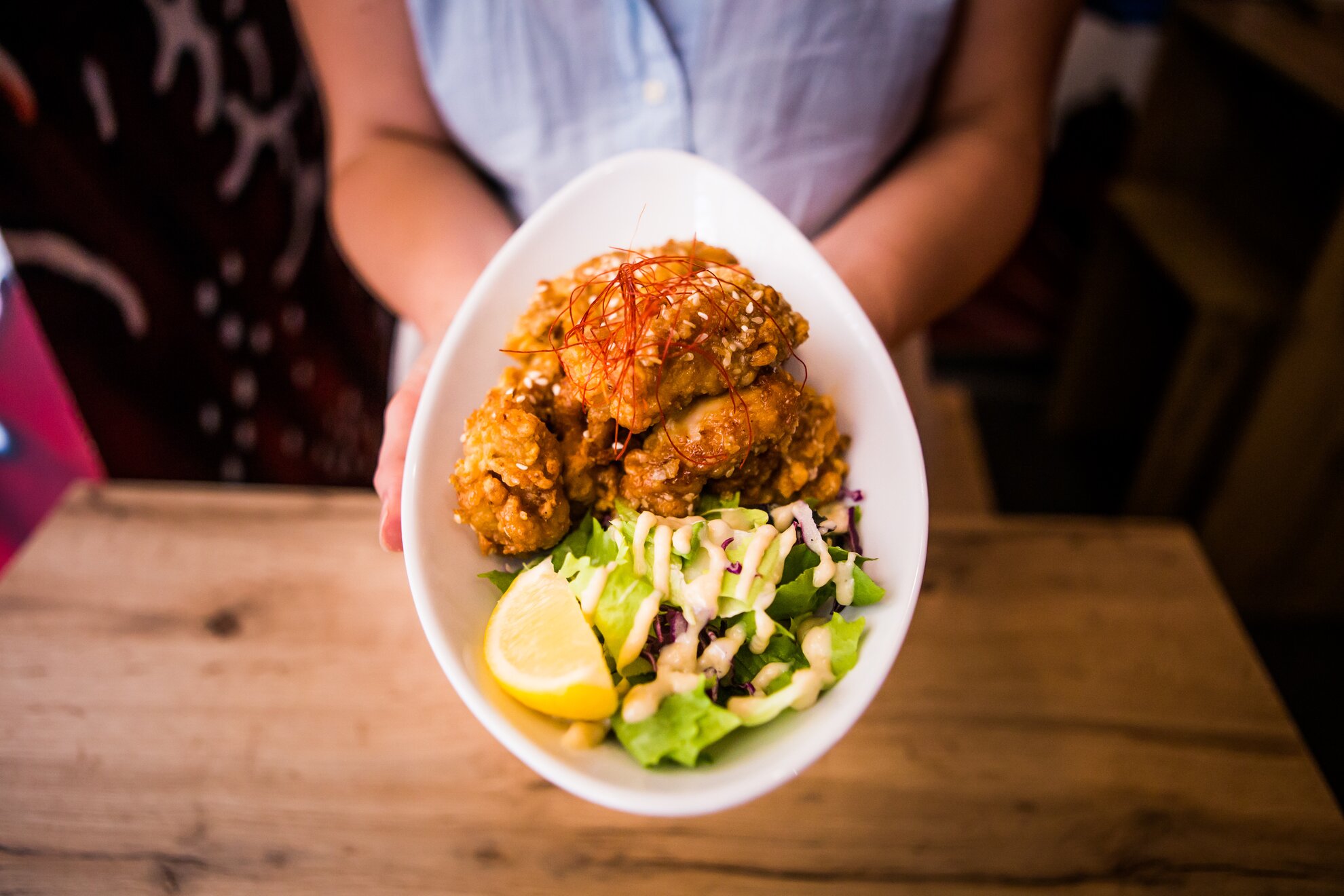
Teriyaki chicken is one of the most well-known Japanese dishes, but the WAFU version is one that we’re specifically inclined to call true comfort food. Rotated in homemade teriyaki sauce, its meat is extremely soft and juicy. Again, the flavour and texture of it has nothing to do with the commercial versions, so we definitely recommend giving it a go.
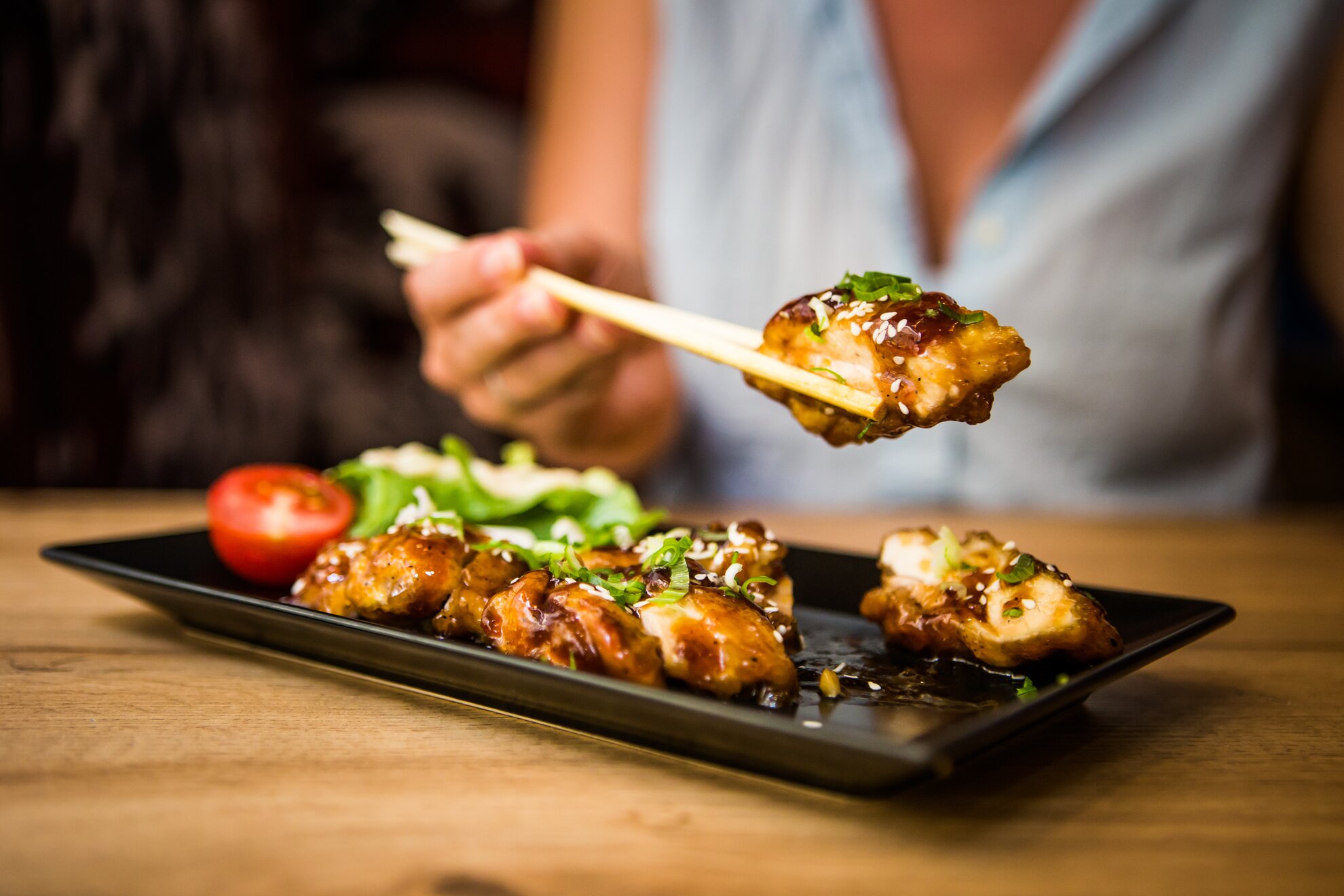
If the teriyaki chicken wasn’t enough, the yakisoba noodles (1,680 HUF) will prove that whatever Taka creates is a tasty and homely. This isn’t something to be found in just any Japanese restaurant, but more like what a loving grandma might prepare for us, with great care and years of experience. Though its name has soba in it, which means buckwheat, it actually consists of plain flour kansui, as in of alkalized water and plain water – prepared right here at the kitchen, too. Fried vegetables and the meat of your choice go with the noodles – in this case, thickly cut and caramelised carrots and onions. Since the sauce on it has around 70 ingredients, we recommend it to those who like to experiment with all kinds of flavours.
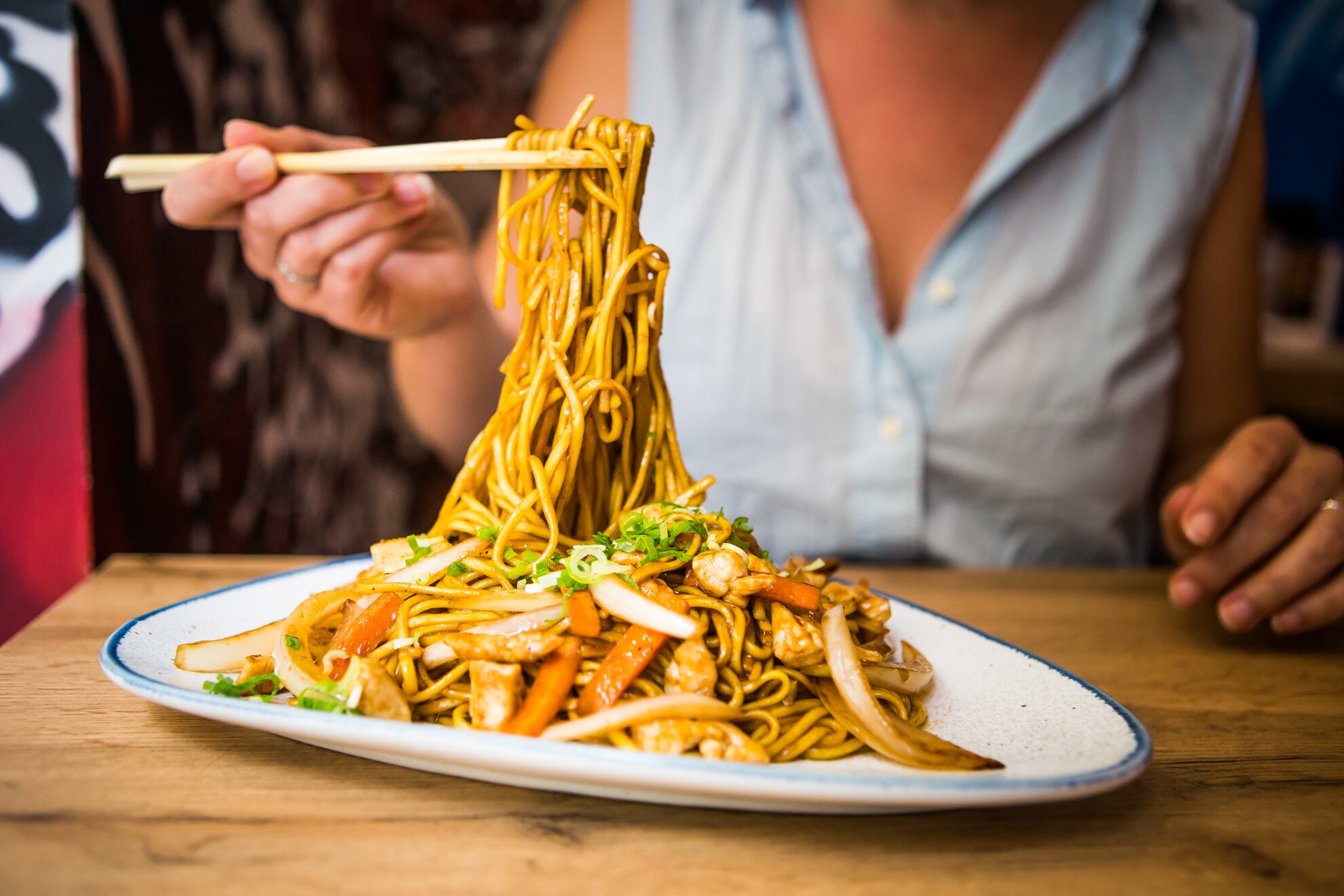
As ramen plays a particularly important role in Japanese gastronomy, especially when it comes to homely cooking, we couldn’t leave it out either. The miso ramen (1,980 HUF) is the perfect candidate for what we’ve described: rustic and heart-warming. The hot soup has a creamy and characteristic taste, completed with noodles and eggs, and a strong flavour of the fermented miso paste. It’s perfect both in summer and to warm you up on a cold winter’s day as well.
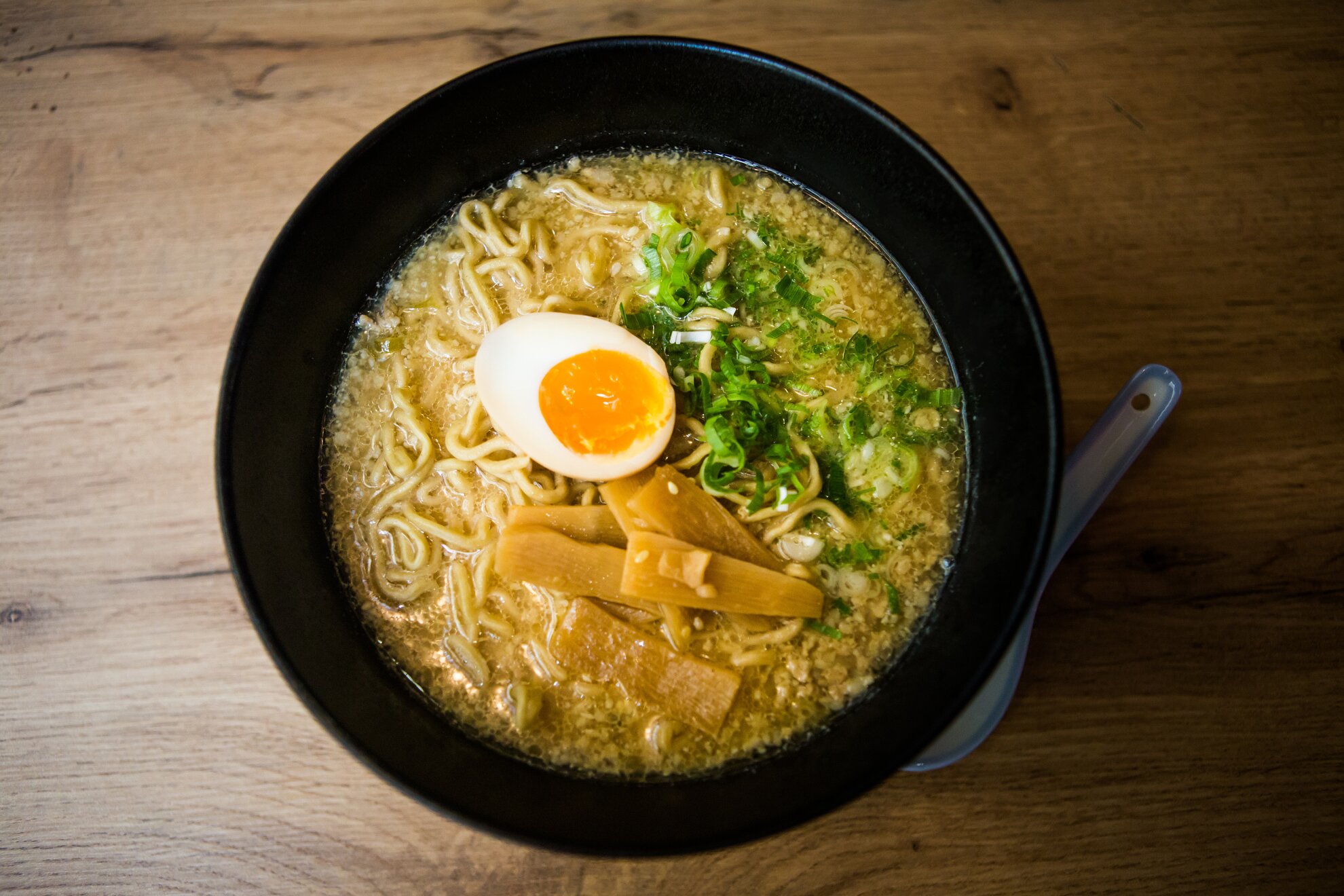
However, our top option was the seasonally available summer speciality, cold sesame soup (2,380 HUF). It’s refreshing yet dense like a curry, with a strong sesame and hazelnut flavour, and lots of Dandan noodles, marinated minced meat and pak choi. Its pungency is due to the fiery oil that gives it its beautiful, light caramel colour. It’s a hit from the first bite to the last.
